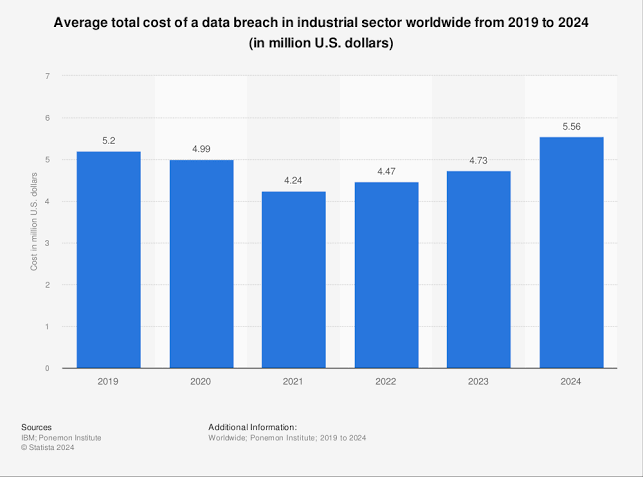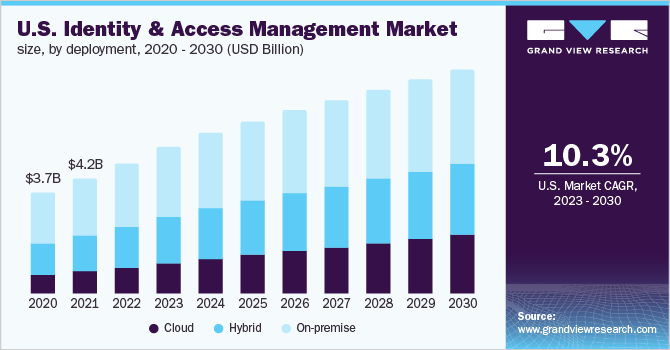Getting people in and out of systems quickly is a business priority. When you’re onboarding a new employee or offboarding a departing one, delays in access can create serious security risks. That’s where automation steps in. Today’s Identity and Access Management (IAM) automation trends are about working faster and with fewer manual errors.
Companies are turning to automated IAM solutions to streamline user provisioning, deprovisioning, and everything in between. This blog breaks down how automation is changing the IAM game, what trends are emerging, and why staying ahead of them can save your business time and potential compliance headaches.
Table of Contents
Why IAM Automation Matters More Than Ever?
Key Challenges in Manual Onboarding and Offboarding
Top Identity and Access Management Trends in 2025
- Zero-touch provisioning
- Role-based and attribute-based access
- AI and machine learning in IAM
- Just-in-time access
- Cloud-first IAM strategies
What to Look for in an IAM Automation Solution?
Final Thoughts: Future-Proofing Your Access Strategy
Why IAM Automation Matters More Than Ever?
Managing who has access to what and when is a front-line defense against data breaches, compliance failures, and costly downtime.

Source: Statista
Across industries, the pressure to onboard and offboard users swiftly and securely has made identity and access management trends in automation a top priority.
Manual IAM processes often result in:
- Delayed onboarding: New hires waiting days for access, slowing productivity
- Risky offboarding: Former employees retaining access to sensitive systems
- Human error: Incorrect permissions or overlooked access revocations
- Audit complications: Limited visibility into who had access and why
In manufacturing, delays in provisioning can halt production lines. In veterinary clinics or healthcare settings, access lags can compromise patient data and care timelines. For small businesses and labor unions, lean teams can’t afford the inefficiencies of manual processes.
In short, automated IAM ensures users are granted or removed access in real-time, based on roles or policies.
Key Challenges in Manual Onboarding and Offboarding
Manual onboarding and offboarding processes might seem manageable at a small scale, but they break down quickly under pressure when dealing with multiple roles, locations, compliance frameworks, etc.
Here’s where things often go wrong:
- Access delays stall productivity: New hires often wait days for credentials, leading to idle time and lost momentum during the most critical ramp-up phase
- Over-permissioning: IT teams, pressed for time, assign blanket access rather than tailored permissions, which can create long-term security gaps
- Shadow accounts: In fast-paced environments, especially manufacturing or healthcare, former users’ accounts are often forgotten or left active, making them ripe targets for breaches
- Audit readiness suffers: Without clear, automated logs, proving who had access to what and when becomes a compliance headache
- Burnout for IT staff: Repeating manual provisioning and deprovisioning tasks leads to human error and unnecessary workload on already stretched teams
Manual IAM leaves your business exposed. These challenges are exactly what today’s identity and access management trends in automation are solving, with precision, speed, and minimal effort.
Top Identity and Access Management Trends in 2025
The global identity and access management market was valued at $15.93 billion in 2022 and is projected to grow at a 12.6% CAGR through 2030 (Grand View Research).

Source: Grand View Research
That growth is being fueled by one major shift: automation. Businesses are prioritizing smarter and more secure access strategies, and several key trends are shaping the way forward.
Zero-Touch Provisioning
Zero-touch provisioning allows users to gain access to the tools and systems they need automatically and instantly based on predefined rules. No manual setup, no delays. Especially useful in high-turnover environments like manufacturing or retail, as it reduces onboarding time from days to minutes while lowering IT workload.
Role-Based and Attribute-Based Access
Assigning access based on job roles or dynamic user attributes ensures users get only what they need. For example, a veterinary assistant accessing appointment software, but not payroll data. This fine-tuned control minimizes risk and supports compliance without micromanaging access levels.
AI and Machine Learning
AI-driven IAM systems monitor access behavior and flag anomalies like an HR user suddenly accessing engineering systems. Over time, they learn usage patterns and adapt permissions intelligently. This proactive approach is gaining traction in sectors where sensitive data moves fast, like healthcare and legal.
Just-in-Time Access
Instead of permanent access, JIT grants users time-limited permissions for specific tasks. Once the task is done, access expires automatically. This is especially valuable for temporary contractors or third-party vendors, offering security without bottlenecking workflows.
Cloud-First IAM Strategies
With hybrid work and distributed teams now the norm, on-prem IAM solutions are quickly being replaced. Cloud-first IAM platforms offer centralized control and smooth integration with SaaS tools, making them the backbone of modern access management across industries.
What to Look for in an IAM Automation Solution?
As identity and access management trends evolve, your solution should align with both current needs and future growth.
Here’s what to prioritize:
- Look for out-of-the-box compatibility with your HR systems, cloud platforms, and productivity tools
- Support for role-based, attribute-based, and just-in-time access helps enforce least privilege policies
- Ensure full visibility into access changes, with automated logs to simplify compliance
- IT shouldn’t be the only one who understands it. A clear dashboard empowers your team and reduces dependency
- Features like multi-factor authentication, encryption, anomaly detection, etc., should be built in
Final Thoughts: Future-Proofing Access with IAM Automation
Onboarding and offboarding shouldn't be a burden. As cyber threats grow and employee mobility increases, automation in identity and access management has become a necessity. The latest identity and access management trends offer real, practical solutions that improve efficiency and reduce IT stress.
The future of IAM is smart, adaptive, and hands-off. Choosing the right tools and the right partner makes all the difference in how well your organization can navigate this shift.
At CNWR, we specialize in tailoring IT solutions that fit your world. From secure onboarding to bulletproof access control, our services are designed to support your growth and give you back control.
Need help streamlining your access strategy? Talk to a CNWR specialist today.
Key Takeaways
- IAM automation speeds up onboarding and offboarding while reducing security risks
- Manual access processes lead to over-permissioning, human error, and audit challenges
- Zero-touch provisioning and role-based access are leading IAM trends in 2025
- AI-driven IAM improves threat detection and supports dynamic access control
- Choosing the right IAM solution means prioritizing scalability and integration

.jpg)
.jpg)

